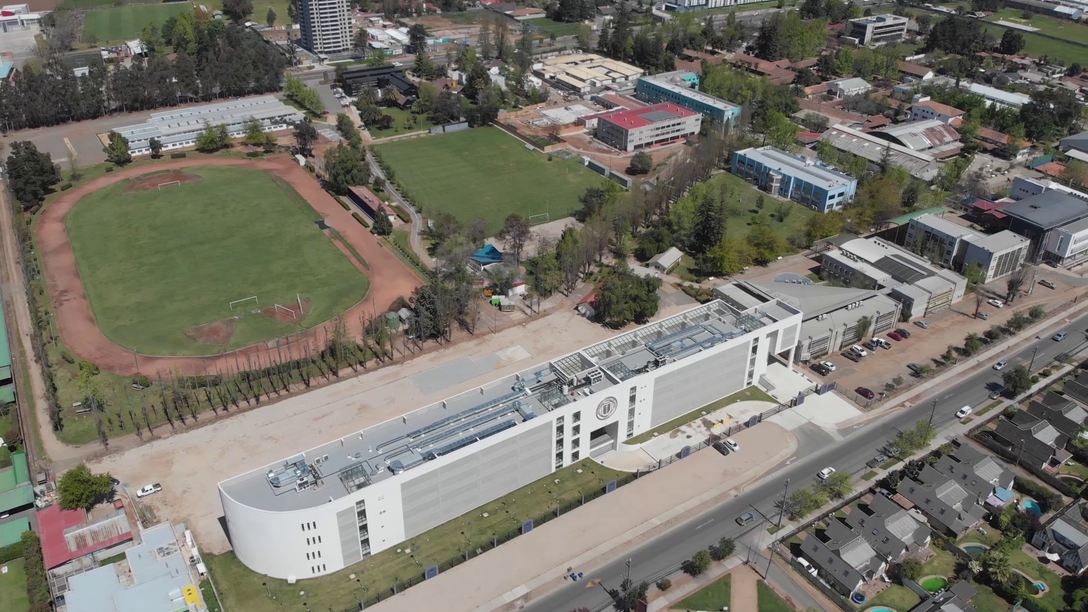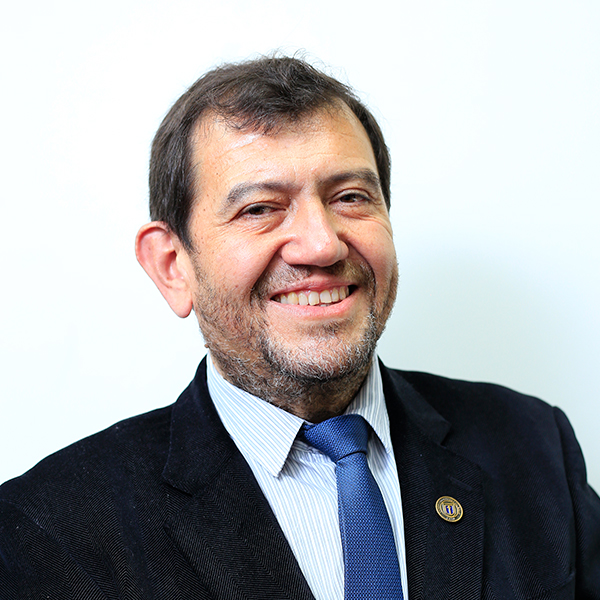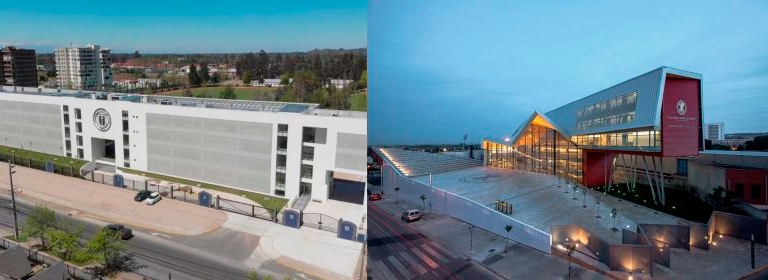The director of the Doctorate in Applied Mathematical Modeling at the Universidad Católica del Maule, Fernando Córdova-Lepe, explained how mathematics can predict the effects of climate change.
 «Mathematics is the language with which God has written the Universe.» The famous reflection of Galileo Galilei, which poses the understanding of each body, matter, or reality as a perfect creation, is consistent with the efforts of other sciences to reliably project the impact of climate change.
«Mathematics is the language with which God has written the Universe.» The famous reflection of Galileo Galilei, which poses the understanding of each body, matter, or reality as a perfect creation, is consistent with the efforts of other sciences to reliably project the impact of climate change.
“That learning will never be experiential. I cannot experience the scenario that will take place in life. To analyze it, variables are installed in abstract models that simulate, and account for, reality. There is no other way,” said Fernando Córdova-Lepe, director of the Doctorate in Applied Mathematical Modeling at the Universidad Católica del Maule (UCM, by its acronym in Spanish), accredited for 5 years by the CNA.
“With mathematics we can project the consequences of climate change on systems and subsystems. For example, when analyzing global warming we know that, depending on the latitude within the planet, the projection is expressed as a rising temperature on average, at a certain rate, with a wider variability”, specified the PhD in Applied Mathematical Modeling.
 A predictive model is capable, according to Córdova-Lepe, of even evaluating the effects of an invasion of insects in new territories, as a result of the increase in average temperature.
A predictive model is capable, according to Córdova-Lepe, of even evaluating the effects of an invasion of insects in new territories, as a result of the increase in average temperature.
“There are disease vectors, such as the vinchuca, which we used to know from the Quinta Región to the north, and which is now close to the Maule region. We could see variables and study the impact on the future health of human beings because of that presence, which will perhaps increase”, he explained.
For the PhD in Physics Felipe Valencia, academic of the Doctorate in Engineering at UCM, the simplicity, objectivity, stability, and universality of mathematics have been fundamental in his experiments on chemicals capable of storing green hydrogen.
“We work with mathematical and computational models from a predictive point of view, to see how the material reacts to continuous pressure with numerical simulations. Hydrogen is one of the most volatile gases that exist; combustion is generated upon contact with air. That is why we are theoretically exploring porous materials that allow the greatest possible amount of hydrogen to be stored, as if it were a dishwashing sponge, to transport them as if they were ingots”, he pointed out.













